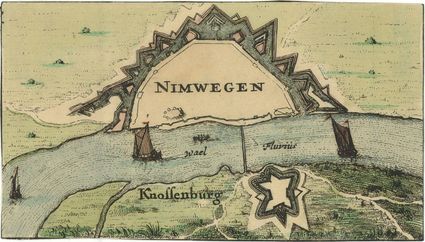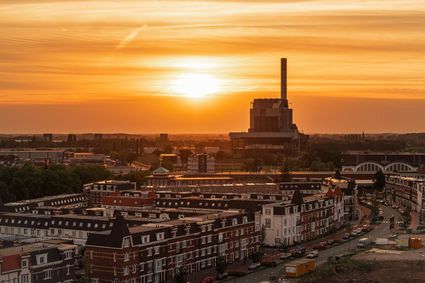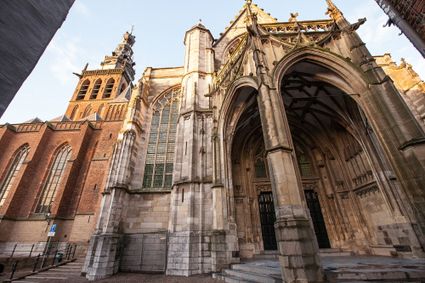Quaternary academy, the first Nijmegen university
Nijmegen is bursting at the seams with historical stories, ranging from leading figures to ordinary people, from neighbourhoods to political events. The Canon of Nijmegen encompasses the most important stories about Nijmegen’s history. One of these stories tells the tale of the quaternary academy, the first university in Nijmegen. This university numbered seventy students and eighteen lectures per week.
In the Republic of the Seven United Netherlands, each region wanted to have its own higher education programme: a higher (or “illustrious”) school, but preferably a university where academic degrees could be awarded. For a short period of time, one of these universities was established in Nijmegen.
1654: founding of a college in Nijmegen
Leiden, Franeker, Groningen, and Utrecht were in proud possession of a university in the seventeenth century. Illustrious schools were located in Dordrecht, Middelburg, Deventer, ‘s-Hertogenbosch, and Breda, among others. In Gelderland, four cities fought for the honour of educational institutions: Arnhem, Harderwijk, Zutphen, and Nijmegen. Harderwijk had had an illustrious school since 1600, which the States of Gelre elevated to the status of a Gelderland University in 1648. Nijmegen had opposed the States’s choice for Harderwijk from the start, and established its own college in 1654.
1656: from college to university
The college’s opening was celebrated in the Stevenskerk on May 3rd, 1655. At the time, the school had three professors: Guillaume Soudan, a preacher who taught philosophy; Christophorus Wittichius, who taught philosophy as well as theology; and Petrus de Greve, a jurist who had been bought from Harderwijk. The college was elevated to a university on May 3rd 1656, exactly one year after its opening, because of the appointment of city doctor Emmanuel de Mandeville as a professor of medicine, and Johannes Schultingius’s move from Duisburg to teach history and eloquence in Nijmegen. As it happened, the status of university wasn’t granted by all States of the region of Gelre, but only by the States of the Quarter of Nijmegen; hence why the university was known as the “quaternary academy.”
 An overview of lectures by professors of the Nijmegen Quaternary Academy, printed and published by Nicolaas van Hervelt
An overview of lectures by professors of the Nijmegen Quaternary Academy, printed and published by Nicolaas van Hervelt
In the years following the elevation of its status, the university flourished. The number of attending students grew steadily to about seventy. Eighteen lectures were given each week, most of them in the Commanderie of St. John, where the city library was also located. Two globes, made by the famous Amsterdam publisher Blaeu were purchased for educational purposes. The medical practical education took place in the meeting room of the surgeons’ guild, above the archway leading to the St. Stevenskerkhof.
1665-1679: from success to closing its doors
From 1665 onwards, everything went downhill. First the city was rocked by a new plague epidemic, which took the life of one of the professors, leading to a stagnation in growth. Then, Nijmegen started suffering because of its competition: two excellent professors left for Leiden in 1670 and 1671. The French invasion in 1672 brought all education to an immediate halt. Following the departure of the French, the university wasn’t able to raise the funds needed to reopen its doors. The first Nijmegen-based university met its untimely and unfortunate end in 1679.
Immerse yourself in the rich history of the oldest city in the Netherlands, because Nijmegen has a lot of stories to tell you. Curious? You can read all about it in this historical timeline.



